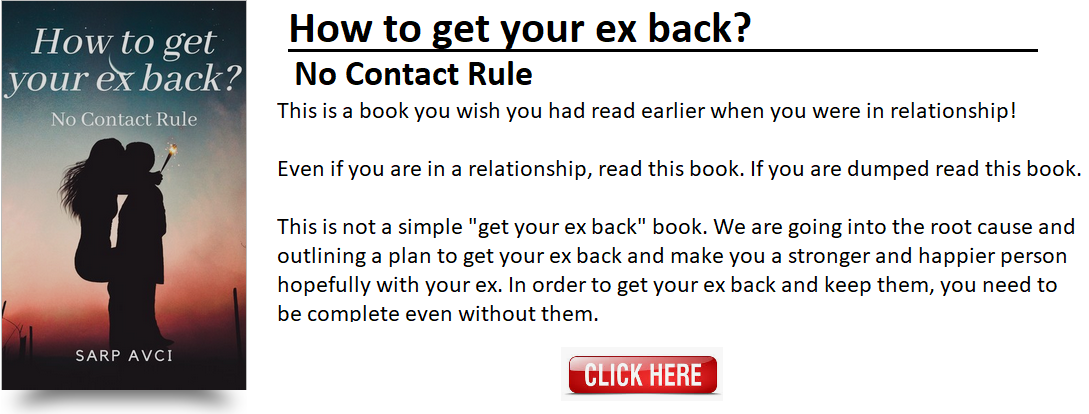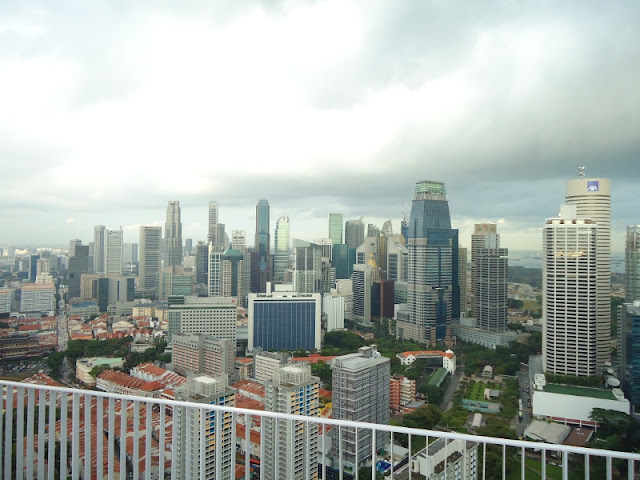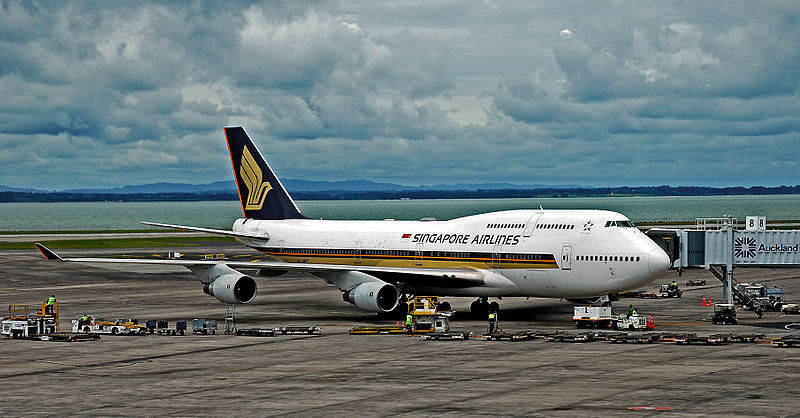Taxi scams praying on foreigners are extremely common in South East Asia and this annoying experience can ruin your holiday or business trip from day 1. Thailand and Malaysia always have been the worst places to take a taxi but Vietnam and other recently popular destinations are also catching up. The experience is very annoying, I know some people who would never ever again step in Thailand or Malaysia because of these scams.
Taxi scams are usually designed to make you pay double or triple the actual fare you would pay but sometimes it can go to the extremes.
Take a look at this recent episode of an extreme taxi scam in Malaysia:
"An English tourist was charged RM450 (S$187) for a taxi ride from KL Sentral to the Suria KLCC shopping centre, a distance of less than 10km. The Land Public Transport Commission (SPAD) said the tourist paid the fare before lodging a report against the driver.
SPAD chairman Tan Sri Syed Hamid Albar said they were investigating and would take action against the taxi driver and the operator. He said the taxi driver was believed to have threatened the tourist into paying the fee."And this is from Vietnam:
Source : Briton charged $187 for 10km taxi trip in Kuala Lumpur
"Last week, Rasnita Mohd Rasid and her friend took their longest taxi ride.
In terms of geographical distance, it was not too long, as Rasid and her friend discovered when they took the return journey on the same route in another taxi. From Tan Son Nhat International Airport to Ben Thanh Market, the taxi driver charged them VND150,000 (US$7.3), which is when the enormity of the swindle they were victims of really sank in.
The taxi driver who took them from the market to the airport had demanded $400 (more than VND8 million plus another 300 Malaysian Ringgit ($98.6)) and Rasid had ended up paying VND4 million, almost $200. Worse still, they had been dropped far outside the airport in the rain, and made to walk after paying a colossal sum."The best way to avoid taxi scams are to avoid taking taxis, especially between city center and airport. For example, I am so pissed of with the taxi drivers in Malaysia that although my company pays for the taxi in business trips, I still take the train to KL Central from the airport. Same for Thailand.
Source : Taken for a ride
But you will need to take taxi from time to time. In this case, be prepared. Read relevant articles about your destination in wikitravel and pay attantion to taxis section. For example By taxi from the airport section of Ho Chi Minh City in wikitravel has invaluable information on taxis which would save you a lot! The section starts as Read Carefully :
"Read carefully: Taxis at HCM airport is the worst scam, and one of the worst experiences about visiting Vietnam. By reading below and taking the best of cautions, hopefully you will not have your visit ruined right from the start! ...."
Source : Ho Chi Minh City - WikiTravel Page
As a frequent visitor to Vietnam, Malaysia and Thailand, I can confirm that the advises here are very good and can save you a lot of time, money, face and peace of mind. For example as they have indicated in the above article I only take taxis belonging to Vinasun and Mai Linh companies even before reading this article (this article thought me to be careful about their copies).
An if you find your self in the middle of a such scam, treat it as a robbery and do not risk your safety by fighting back. Just copy every details about the taxi and the driver (do not try to take a photo if he can see you) and immediately after the incident inform the police.









.JPG)
.png)






